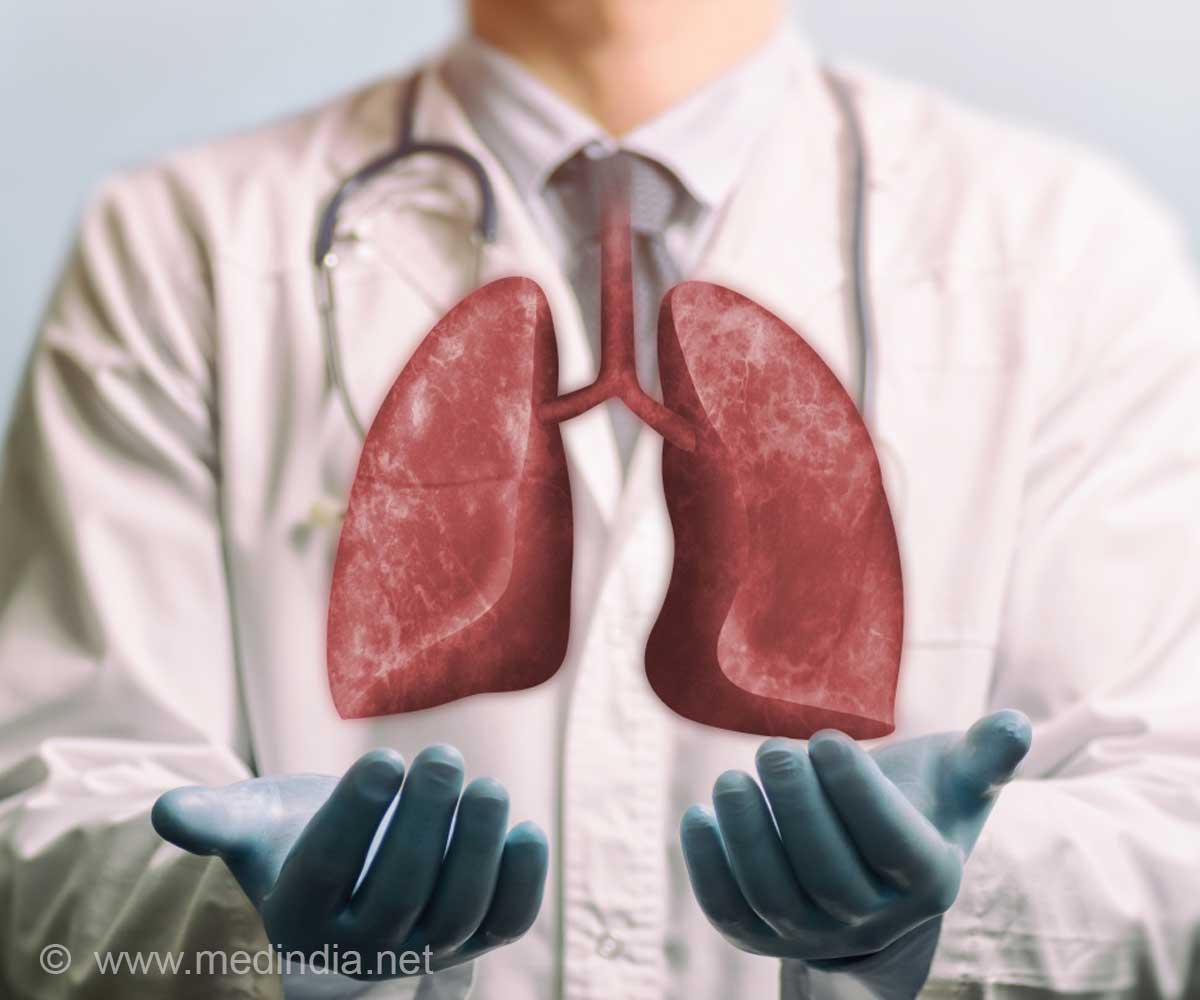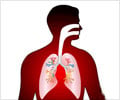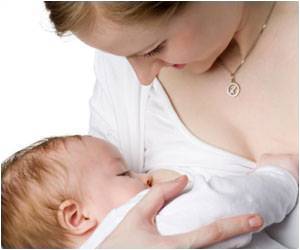
‘In healthy children, there were large reductions in pneumococcal and meningococcal deaths. The UK implemented a childhood pneumococcal immunization programme in 2006, which led to large declines in childhood pneumococcal disease.’





The UK has one of the highest childhood death rates in Europe, and the researchers wanted to find out if anything had changed since they last analysed data on childhood deaths for 2003-5.
They drew on electronic death registrations for England and Wales, covering children from the ages of 28 days up to 15 years, for the period 2013 to 2015 inclusive. In all, 5088 children died during 2013-15, equivalent to an annual rate of 17.6/100,000 children. This compares with 6897 deaths in 2003-5, equivalent to just under 24/100,000 in 2003-5, representing a drop of 26% in 10 years.
The proportion of deaths caused by infections fell by 31%, overall, from 1368 of the total in 2003-5 to 951 in 2013-15, equivalent to a rate of 3.3/100,000 children. In over half these deaths (55%; 523/951) the children had an underlying condition.
Compared with 2003-5, infection-related deaths fell by 45% in infants, and by 50% in young children, but they increased in older children by 22%.
Where recorded, respiratory tract infection was the most commonly reported presenting problem, accounting for 374 out of 876 cases (just under 43%).
Advertisement
The average age of the children who died of an infection was just over 12 months: around 40% of these deaths occurred in infants; 26.5% in younger children; and a third (33%) in older children. And a meningococcal B vaccination was included in the national infant immunisation programme in August 2015.
Advertisement
Some 15%-30% of cases are associated with varicella infection, they point out. Countries that have included varicella vaccination into their national childhood immunisation programmes have observed reductions of up to 70% in invasive infections.
"Varicella vaccination is currently not included in the UK national immunisation programme, but could potentially reduce the burden of chickenpox and GAS infections and deaths in children," they suggest.
Source-Eurekalert










